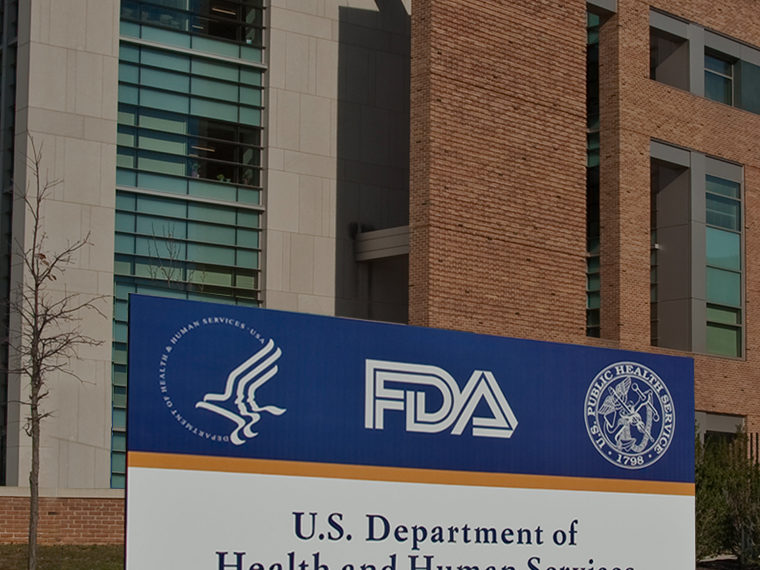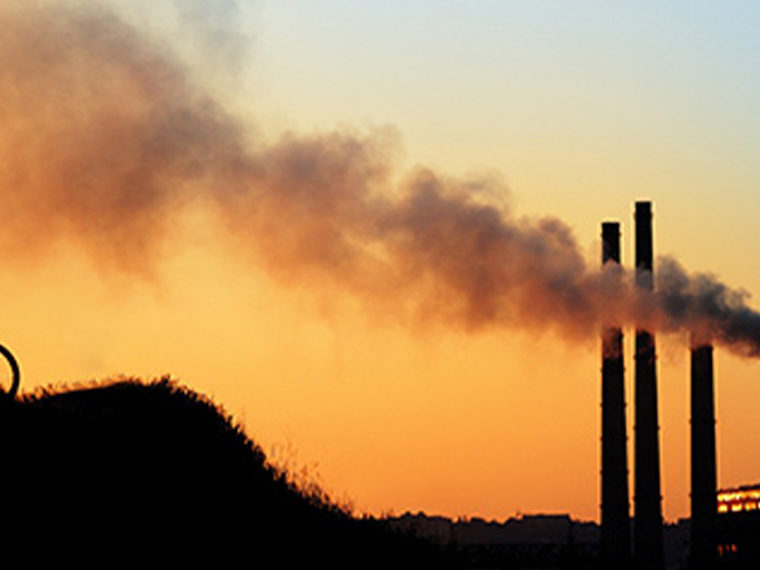Researchers offer a model for more effectively targeting wrongdoers
Environmental regulators in China face a daunting challenge: how, with limited resources and personnel, to crack down on the country’s polluters.
The Asian giant has paid a steep environmental price for 30 years of economic growth. Air pollution contributes to more than a million deaths per year, while two-thirds of groundwater supplies and a third of surface water are considered unfit for human consumption. In the last few years, the government of President Xi Jinping has attacked the problem with stepped-up inspections and prosecutions, with a sharp increase in the number of environmental cases — a 69 percent rise in 2017, to 233,000 cases, after a 42 percent surge in 2016, according to the Communist Party’s English-language China Daily.
Still, random inspections may not be the most effective way to catch polluters. Only 6 percent of the 633,000 audits in 2017 by the Ministry of Ecology and Environment turned up violations.
Opt In to the Review Monthly Email Update.
In a working paper, Hong Kong Polytechnic University’s Chris K.Y. Lo, UCLA Anderson’s Christopher Tang and Monash University’s Yi Zhou propose a more efficient way to identify likely polluters.
Their method, based on advanced predictive analytics, relies on publicly available information about a company, including its age, total assets, the percentage of government ownership and past environmental incidents. With the data, the authors suggest regulators can direct inspectors to audit companies at the greatest risk of violating anti-pollution rules.
“This finding suggests that, when government has limited budget and manpower, our audit selection strategy can be an effective mechanism for increasing the chance of catching those violating firms,” the authors write.
Without more targeted inspections, companies have a strong financial incentive to continue polluting until they’re caught, the authors say. They analyzed the performance of more than 1,200 publicly traded manufacturing companies between 2004 and 2013, focusing on more than 400 firms that had exposed violations made public in the period. The authors found that those companies had a 0.51 percent higher return on assets (ROA) than comparable companies in the year before the exposed violation and a 0.66 percent reduction in ROA in the year after.
By failing to invest in anti-pollution safeguards, the findings suggest, a polluter benefits from lower costs and sees higher returns. If caught, sales drop and costs rise, as the firm is forced to invest in antipollution equipment — and financial performance suffers. Unless the risk of getting caught and the penalties for violations are high enough, the authors write, “unethical firms can afford to operate without complying with environmental regulations.”
The co-authors identified characteristics common among companies with environmental violations made public. The best single predictor, it turns out, was whether a company had been caught in the past. Given the low likelihood of exposure, Tang explains in an interview, companies would repeatedly cut corners in “a cat and mouse game” with regulators.
Polluters also tended to have higher revenues and assets than companies without violations, suggesting that larger companies were likelier to scoff at environmental regulations. Older, government-run firms were also likelier to have exposed violations.
The authors used their analysis of firms with violations from 2004 to 2012 to devise a model that could help direct inspectors to the likeliest polluters. They then tested the predictions by comparing them with actual violations in 2013.
Using their earlier analysis, the researchers assigned a risk score to 1,216 companies and ranked them from the highest to lowest score. Then they matched the ranking with the 100 companies in the group that had violations that were made public. For instance, the top two companies in their ranking had a greater than 99 percent chance of making a violation in 2013. And both did make violations.
With the model, the authors identified 13 companies with a greater than 90 percent risk of a violation; seven of those had a violation in 2013. In other words, inspecting only about 1 percent of the companies would have caught 7 percent of the violators. With the model, regulators could expose 80 percent of violating companies by auditing less than a third of those in the sample.
The authors see their model as the basis for a more efficient inspection strategy, which could be made even more effective by bringing in additional data about companies’ operations, including information about training and compliance programs and manufacturing processes, along with hotlines for anonymous reporting of environmental violations.
“When the chance of being exposed is high and when the penalty is high, fewer firms would dare violate environmental regulations,” the authors write.
Featured Faculty
-
Christopher Tang
UCLA Distinguished Professor; Edward W. Carter Chair in Business Administration; Senior Associate Dean, Global Initiatives; Faculty Director, Center for Global Management
About the Research
Lo, C., Tang, C., & Zhou, Y. (2019). Environmental violations in China: Evaluating their long-term impact and predicting future violations.






